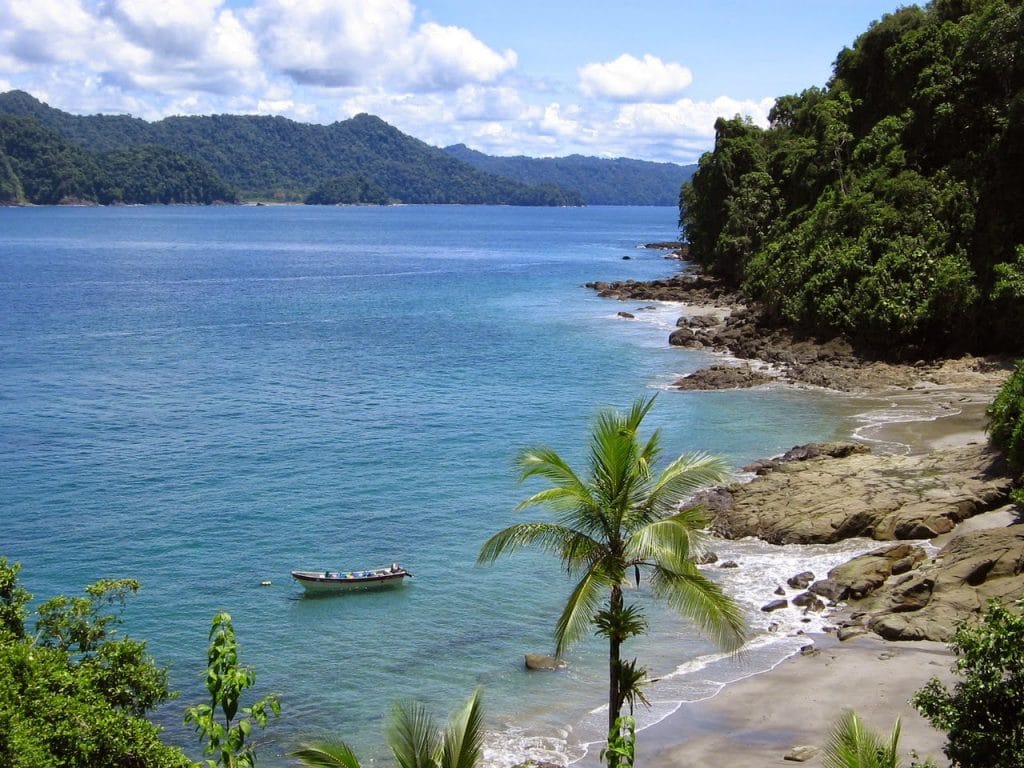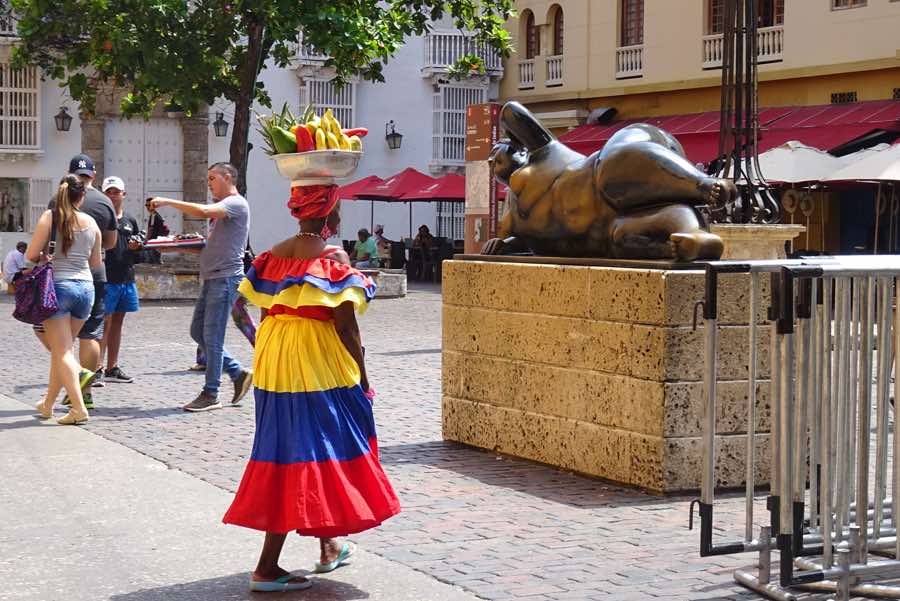Colombia is a country where nature has always had a prominent place in the life of the inhabitants. This is why there exist so many national parks in Colombia ! Between the peaks of the Andes, the Caribbean basin and its islands, the dense forest, the Pacific Ocean, the Amazon rainforest, and the coffee fields, there is plenty to do!
If you come to visit this country, book a good part of your time to explore the natural wonders that we don’t have the chance to cross at home. The varied ecosystems and abundant biodiversity are an even more valuable treasure than gold nuggets.
Here comes without waiting any longer, our selection of natural sites and national parks to see absolutely during your stay in Colombia.
1. Coral Islands Natural Park of the Rosary and San Bernardo
It’s one of the most popular natural sites for travelers. This park is located in the Caribbean Sea, a few tens of kilometers off Cartagena. It’s above all a protected underwater space, where an impressive coral reef develops around a multitude of islets.
Here, the show takes place under translucent water, so better to be comfortable with fins and a snorkel. You can swim among exotic fish, starfish, and other multicolored crustaceans, against a background of white sand. Once the bathing is over, you can relax on the islands and enjoy this isolated paradise. The coral islands are a must for all lovers of the seabed.
2. Tayrona National Park
Also highly acclaimed by tourists, Tayrona Park is concentrated around the city of Santa Marta. It’s relatively small compared to other natural sites, but that doesn’t prevent it from being very pleasant. Most probably it is one of the most well known national parks in Colombia. It consists mainly of sublime beaches bordering the Caribbean Sea, some seabed, and hiking trails in the forest. There are many species of land animals, such as the condor, and a very rich marine life living in the corals.
If you like snorkeling, indulge yourself, and if not, lots of other activities are offered: horseback riding, hiking, relaxing, archaeological museum Chairama or walk along tens of kilometers of beach. It’s the perfect place to end a holiday in Colombia.
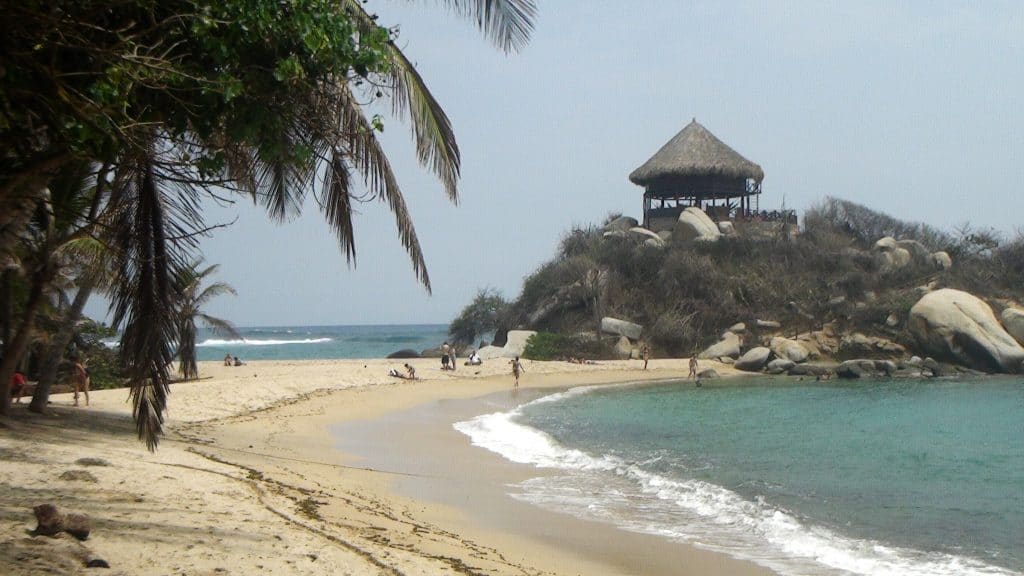
3. Sierra Nevada National Park of Santa Marta
Not far from the previous one, a little further east this time, you will find this colorful national park. Here, you’ll see beaches bordering snow-capped peaks of almost 6,000 m above sea level, a rainforest, and sacred archaeological sites that tell the story of the Tayrona, a native people who played a major role in pre-Columbian history.
This park is so rich in diversity of reliefs, flora and fauna, that it has been classified as a biosphere reserve by UNESCO. Nature lovers and hikers will have a great time in this wilderness where we walk through the thick forest, admiring the waterfalls, and sometimes crossing animals such as jaguar or condor.
4. Los Katíos National Park
At the border with Panama, discover this exceptional park rather unknown by tourists. It contains both swamp forests and tropical montain forests, making it a unique place whose biodiversity is to be protected. It’s an area that connects South America and Central America, and that is why we find here species as diverse.
UNESCO has also classified this park in the World Heritage of Humanity, as well as its extension in Panama: the Darien National Park. It can include tapirs, giant anteaters, crocodiles, and hundreds of endemic bird species.
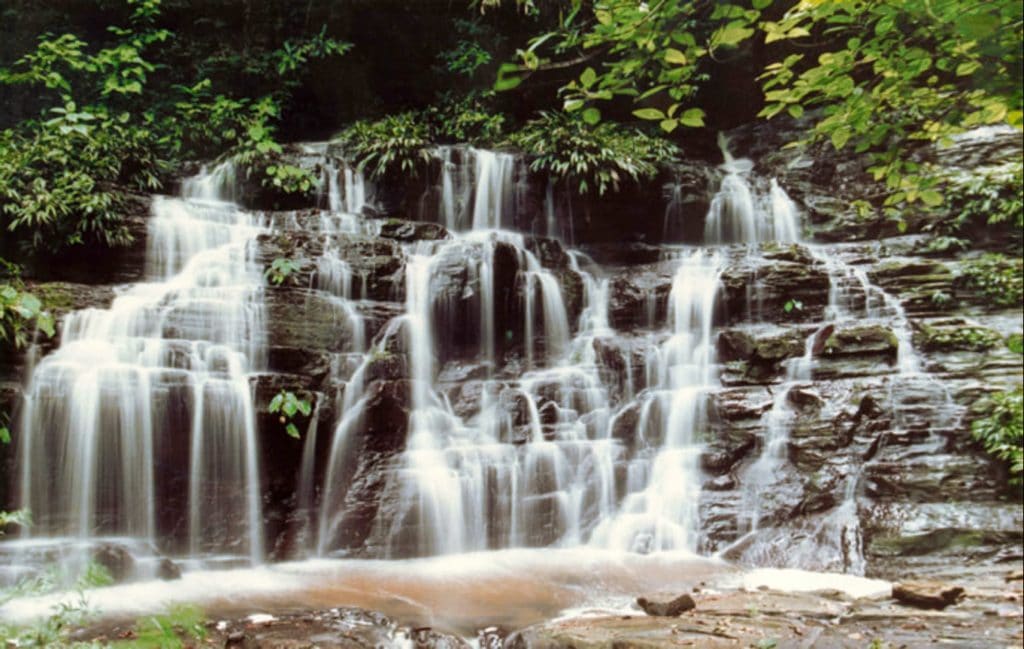
5. Sanctuary of fauna and flora of Malpelo
To access this extraordinary site, you have to arm yourself with willpower and patience… But you will not regret it for a single second. Malpelo is an uninhabited island formed by volcanic activity a long time ago. It floats more than 300 km from the Colombian coast, and could be compared to the Galapagos Islands of Ecuador, for biodiversity and species preservation. To have the chance to observe the seabed, as well as the island, it’s necessary to sail about 2 days and to ask a special authorization.
The limited access aims at restricting the number of tourists and thus to favor the development of the fauna and the flora on Malpelo. It’s also registered with the natural heritage of humanity by UNESCO. As a visitor, it’s possible to dive with sharks, photograph the beautiful seabed, and observe migratory birds. But this island is also an open scientific laboratory, which many biologists come to study, while preserving at best this unique natural jewel.
6. Utría National Park
Always on the Pacific side, let us now stop at Utría Park, a natural wonder worthy of a dream. It’s a place where humans live in harmony with the ocean and the land, and animals in danger are not mistaken: it’s here that they come to lay their precious eggs and regain strength during their migration. Wildlife species that can be found in Utría include sea turtles, killer whales, humpback whales, pumas, toucans, and boa.
Much of the park is also covered with mangrove, a very fragile ecosystem that is increasingly rare around the world. If you have the privilege to visit this place, you will spend time with the locals, who are making colossal efforts to protect their environment. And as few tourists come here, you can fully immerse yourself in this almost unreal natural atmosphere.
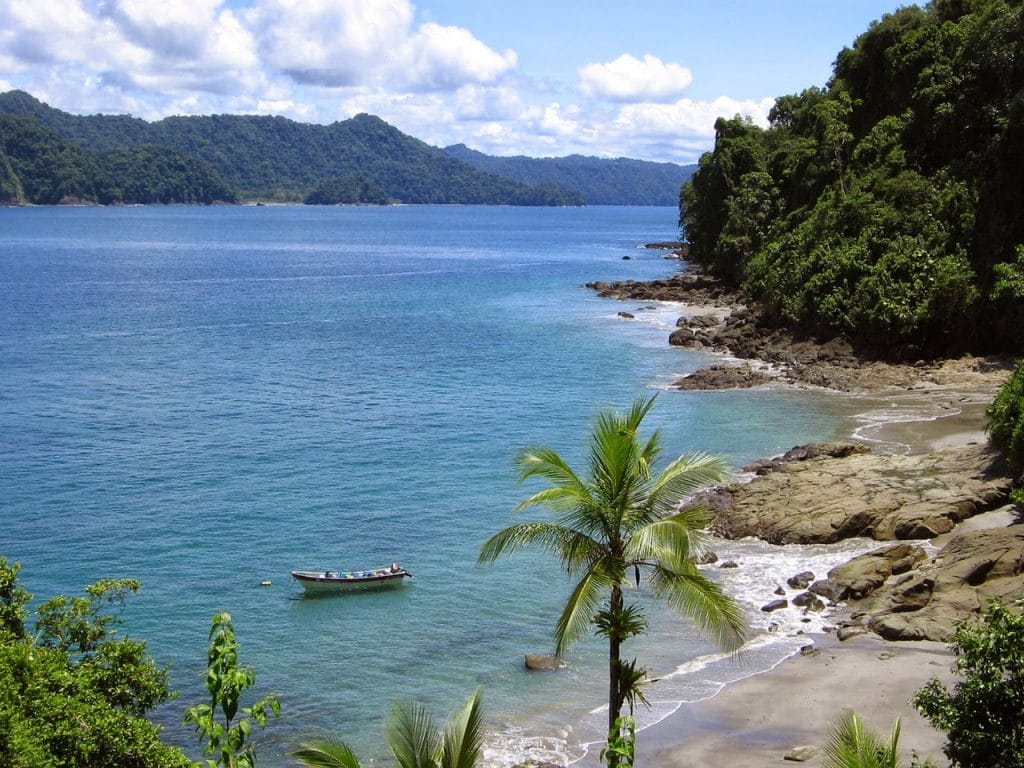
7. Gorgona Island National Park
Going down a little further on the Pacific coast, you can see the Gorgona Island. It’s accessible by boat, after a good hour of navigation. What is today a very charming natural park, was a penitentiary of extreme violence only a few decades ago. Indeed, the worst offenders of the country were sent to this island, because it was impossible to escape. But their living conditions were inhuman, and the prison was closed in the early 80’s.
Since then, Gorgona has turned to its natural wealth and tourism, even though it’s still a well-kept secret of travelers. It’s a perfect place to watch whales, and even listen to them underwater, between July and November. But beware of the many venomous snakes that reside on the island. It’s strongly advised to move only in the presence of a resident, who can identify the dangerous species, and react quickly in case of emergency.
8. Puracé Nature Site
Returning to the lands near Popayan, we discover another facet of Colombia: the volcanic landscape. This park is centered around the Puracé volcano, which is still active (its last eruption was from the 70s). It has developed in the Andean Cordillera, and now rises to more than 4,500 m above sea level.
On this immense natural site, there is also the source of four important rivers: Magdalena, Cauca, Caqueta, and Patia rivers. These elements as well as the rather cool and humid climate favored the appearance of a very specific ecosystem called paramo. In this environment, many endemic floral species have developed, especially orchids and wax palms. Animals are also very present, and we can see bears, cougars, monkeys, hummingbirds and birds of prey.
9. Los Nevados National Park, one of the most well-known national parks in Colombia
This site is also known for its volcano, the majestic Nevado del Ruiz, which rises to 5,300 m above sea level. But it is not alone, and no less than seven other volcanoes are found in the park. Because of the very high altitude, the summits of Los Nevados are covered with eternal snow, and glaciers have formed, leaving behind moraine landscapes.
There are also lakes, sometimes in the crater of a volcano, and the typical vegetation called paramo. Many birds have taken refuge in this relatively unspoiled natural site, as well as rare mammals. It’s an ideal place for mountain hiking and getting away from the cities.
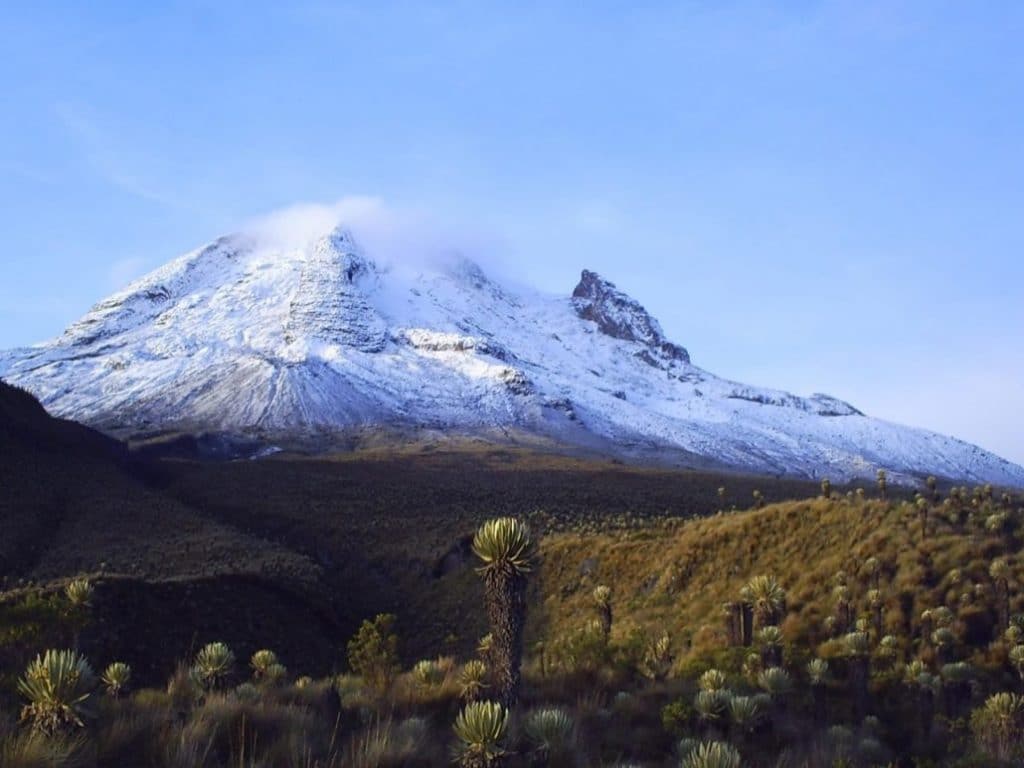
10. Amacayacu Nature Park
It’s the park of the region around the Amazon River. Colombia has many faces, and this one is particularly mysterious and wild. But to arrive in this park, you have to deserve it! Access is not easy, but the reward is worth the effort.
Water lilies, pink dolphins, marmosets, manatees, freshwater turtles, macaws, and vegetation like you’ve never seen before. It’s like an explorer’s book from ancient times. Moreover, indigenous communities still live in the heart of this exuberant nature, and you can learn a lot by their side. This timeless space is a dream for any traveler who wants to feel like an adventurer while going down the Amazon on a small boat.
11. Bonus: Macuira National Park
After seeing rainforests, multicolored underwater, mangroves, volcanoes, high mountains, and the Amazon River, Colombia has one last surprise: the Guajira desert. It stretches across the peninsula in the far north-east of the country, on the lands of the Wayuu people.
And in this ocher decor where the sand extends as far as the eye can see, an oasis of greenery offers a respite to drought. It’s Macuira Park, which boasts an amazing microclimate. This has allowed wildlife to grow, far from the modern human presence. Because there are still inhabitants living here.
The Wayuus are the guardians of this extraordinary site, and they continue to proudly carry their ancestral traditions. If you have the opportunity, and always by respecting the members of the villages, don’t hesitate to discover this way of life far from ours, and learn the wisdom of the natives of the desert.
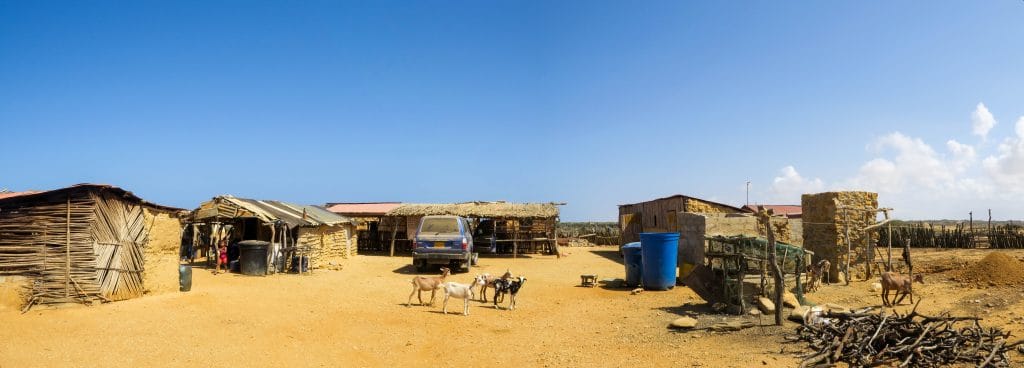
With all these natural parks spread all over Colombia, you will not have time to get bored. You just have to choose between land and sea, forest and mountain, or volcano and desert. Or even better … don’t choose 🙂


